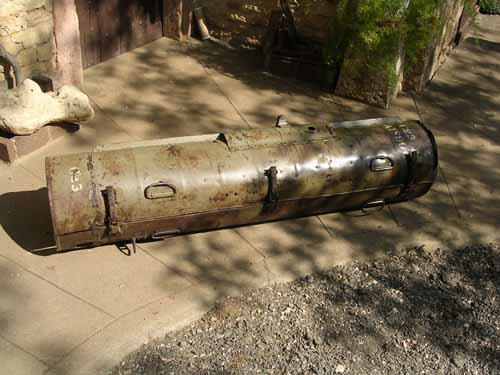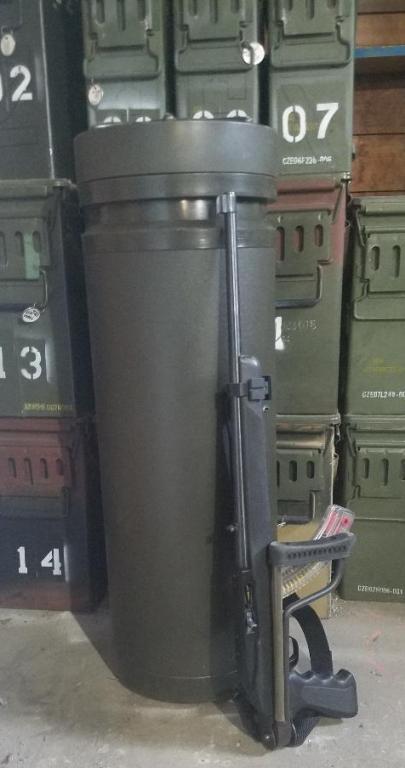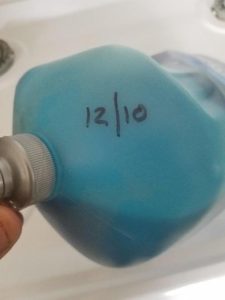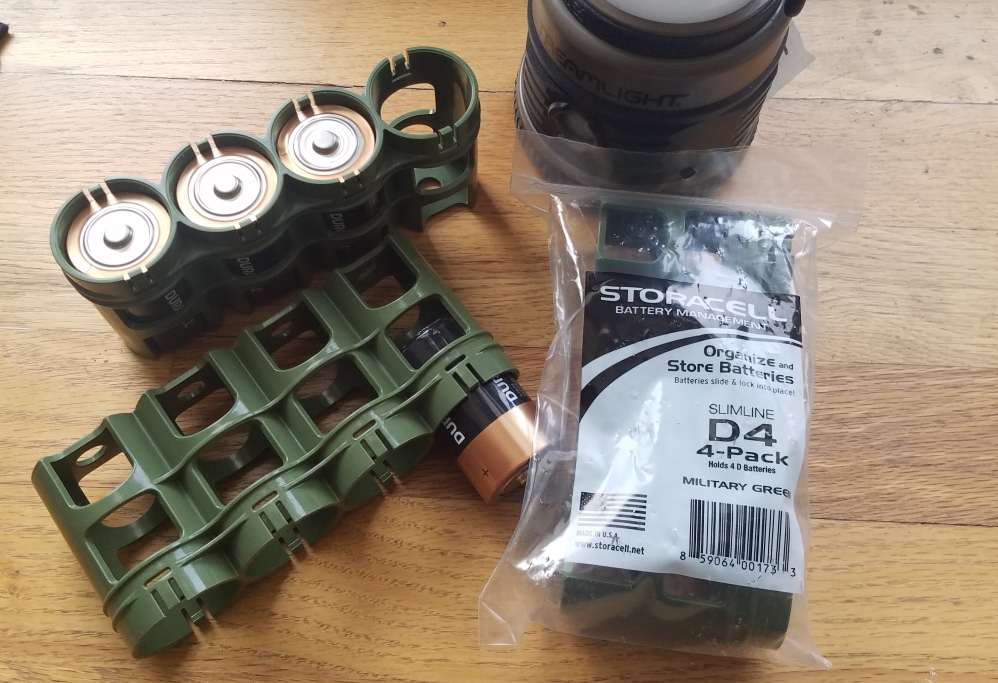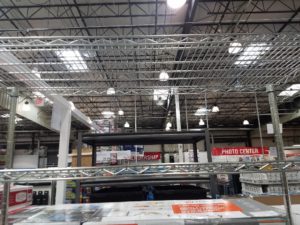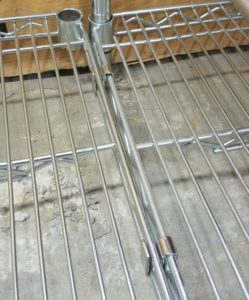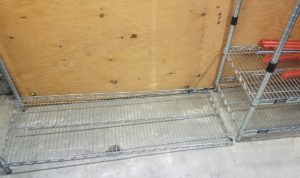Fella I know, who is getting started in the realm of preparedness had his birthday earlier this month. I got him what I think is one of the best gifts you can get a fellow survivalist: a vacuum sealer. For the record, the best gift you can probably get for a survivalist is a huge chunk of land in the middle of nowhere. For this survivalist, the best gift you can get is a slightly drunk and mildly self-esteem-challenged Jennifer Lawrence. Or, if you’re on a budget, her body double.
Thing is, most people have a very narrow view of what a vacuum sealer is good for. In fact, the gift was met with a ‘my freezer is already full’ response. A lot of folks, in my experience, don’t think creatively about the uses for one of these things that have nothing to do with food. So, lemme mention a few of the non-food things I do with mine and maybe it’ll send you down a new road of thought in regard to using yours. (Or getting one.)
- Compressing high-loft items of clothing so they take up less space in a pack
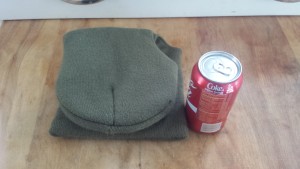
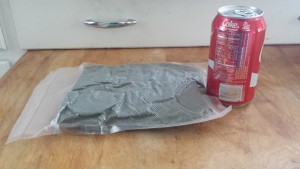
- Preventing powdered items from clumping – The cleanser that comes in the cardboard cans? I put each can into a bag and vaccuum seal it so that after years of sitting on the shelf it hasn’t drawn moisture and caked into a rock-like consistency.
- Water bottles that get left in the vehicle in the winter are vacuum sealed in a bag so if the plastic bottle does explode from freezing (which almost never happens) any leakage is contained. And the water is still potable.
- All the fire-starting materials in my hunting/bushwhacking packs are vacuum sealed to keep them dry, clean, and in one place.
- Small first aid items get vacuum sealed for rather obvious reasons.
- Critical documents are vacuum sealed so they are protected from moisture, wet, etc. For example, my birth certificate(s) and passport(s) are sealed up and sitting in the safe. (Uhm..yeah…plural….I know a guy…)
- In the Pelican case I keep in the winter vehicle kit there is an an entire change of clothes that has been vacuum sealed to consere space and keep the clothing clean and dry so that in an emergency it’s ready to use.
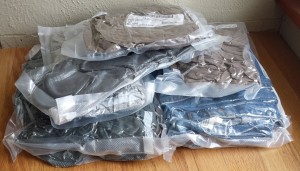
- Bulk first aid gear that would normally take up space gets vacuum sealed to allow me to pack more of it in a smaller space, as well as to protect it.
- Have a dog? Dog food MRE’s. Phydeaux’s kibble and treats packed into individual servings.
- Toilet paper that you keep in the truck or at the cabin. If you’re putting together a bugout bin or kit you really, really wanna make sure the TP is protected.
- Medications in tablet form. Most pills come in plastic bottles that offer good protection, but a lot of stuff comes in blister packs and although you’d think those foil and plastic sheets would offer good protection…not always. So, into the sealer they go. Try to keep stuff in original packaging when you do this…last thin you want is a little vacuum sealed bag of unidentified pills laying around with nothing to tell you what they are or how much to take. And the cops really get curious when large quantities of pills are loose in a plastic bag.
- Bars of soap. Bar soap seems to ossify over time. Seal ’em up so theyre still useful years later.
- Road flares. Seal ’em up, wrap in cardboard to protect the integrity of the plastic bag, and tuck ’em away in your vehicle. Wet flares are the literal damp squib at a rescue.
- Small electronics that absolutely need to be protected. Handheld radios get vacuum sealed with dessicant and then tucked away in a protective case of some kind. Suspenders and a belt, perhaps… but its an extra step that costs virtually nothing and makes sure that you have communications when you really, really need it. And thats worth pretty much anything.
- Batteries. Water and batteries do not mix..at least, not in a good way. I store batteries in plastic tubs but I also vacuum seal the large CostCo-sized bulk packs of batteries.
The list goes on, but I think you get the idea. And, yeah, they are also handy for food as well. If you haven’t bought one already, do yourself a favor and don’t cheap out. Yeah, there are some models that are $50-$75. Skip them. This is not the kind of item you want to cut corners on. Get the Foodsaver brand, not the Cabelas, not the Walmart, not the other brand you’ve never heard of. Get the Foodsaver branded rolls of material as well. Plan on spending about $200. I absolutely promise you that it will be the best $200 you can spend on preparedness gear. Do it.

